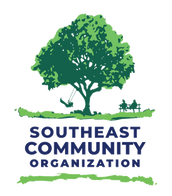
Copyright©2022 Southeast Community Organization
SunRay Shopping Center 2105 1/2 Old Hudson Road St. Paul, MN 55119 [email protected] 651-578-7600 |

Copyright©2022 Southeast Community Organization
SunRay Shopping Center 2105 1/2 Old Hudson Road St. Paul, MN 55119 [email protected] 651-578-7600 |